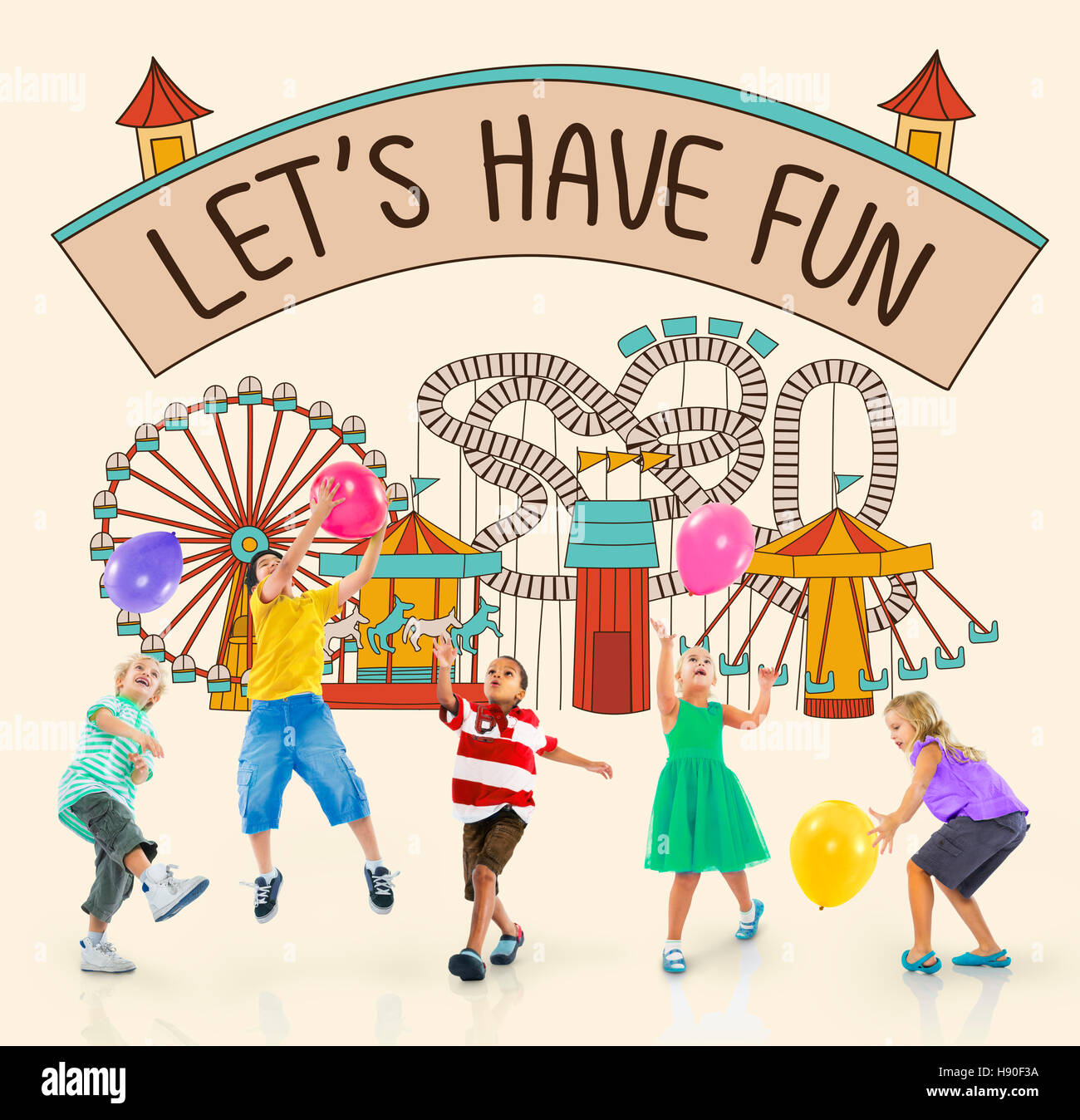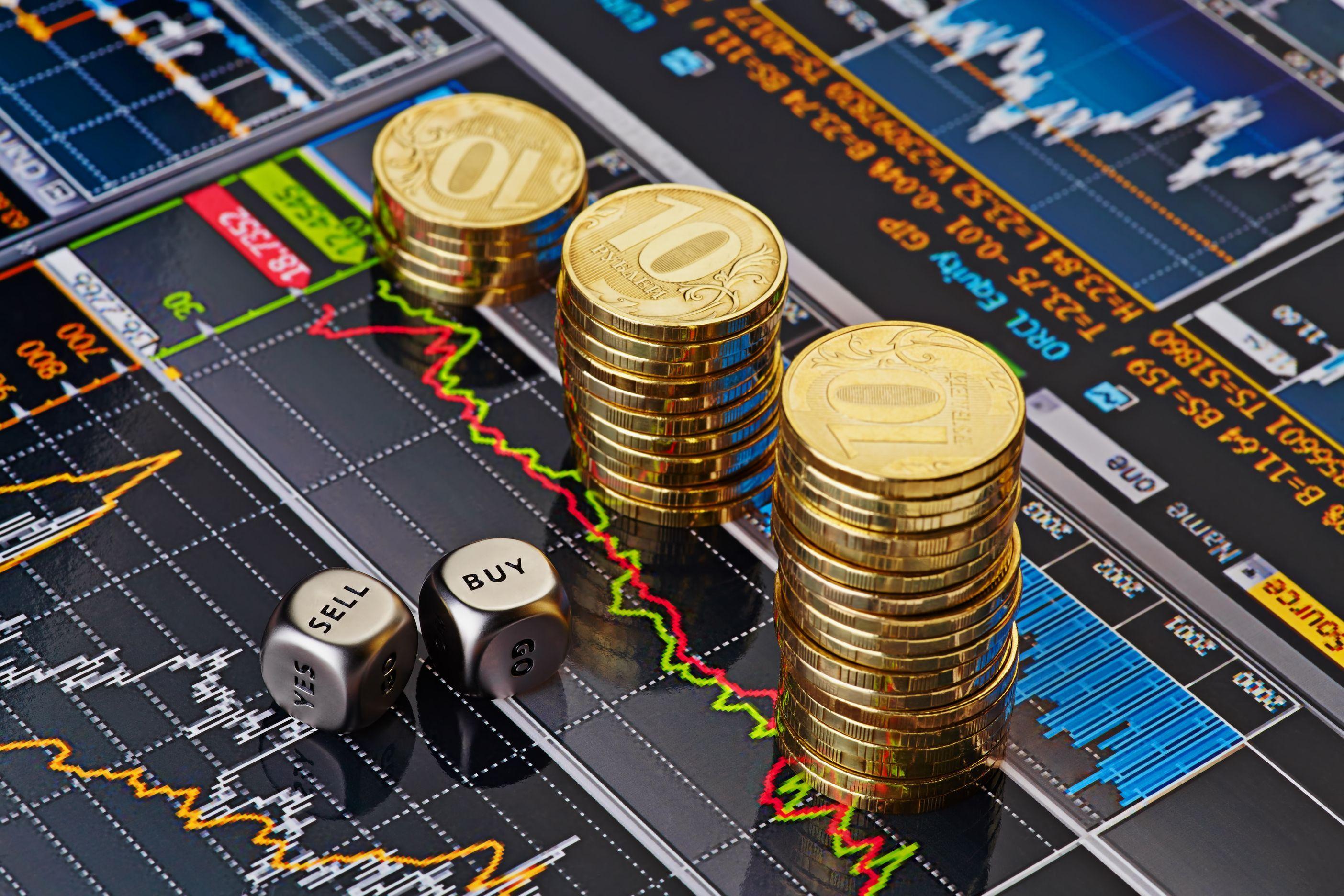
The Roller Coaster Economy: A Fun Guide to Economic Cycles
Ever feel like the economy is a wild ride? One minute you’re soaring high, jobs are plentiful, and everyone’s buying that new gadget. The next, things seem to take a nosedive, companies are laying off workers, and people are tightening their belts. Welcome to the world of economic cycles! Instead of dry textbooks and confusing charts, let’s explore these ups and downs like we’re riding a thrilling roller coaster.
What Are Economic Cycles Anyway?
Think of an economic cycle as the heartbeat of a country’s economy. It’s the natural rise and fall of economic activity over time. Instead of a steady, predictable line, it’s more like a wave – sometimes cresting, sometimes troughing. These waves represent periods of growth and contraction in things like production, employment, and consumer spending.
The Four Main Stages: Our Roller Coaster Ride
Every roller coaster has its ups, downs, and in-between moments. Similarly, economic cycles have distinct phases:
-
Expansion (The Climb):
- What it feels like: Excitement is building! The economy is growing. Businesses are expanding, hiring more workers, and investing in new equipment. People are optimistic and spending money freely. It’s like the anticipation of the climb before the big drop.
- Key Indicators: Rising GDP (Gross Domestic Product), increasing employment, low unemployment rates, rising consumer confidence, increased business investment, and sometimes, a bit of inflation (prices going up).
- The Party is On: Businesses are making profits, stock markets are booming, and everyone seems to be doing well. However, this party can’t last forever.
-
Peak (The Top):
- What it feels like: You’ve reached the highest point! The economy is operating at its maximum potential. Everyone who wants a job has one. Factories are running at full capacity. Demand for goods and services is high.
- Key Indicators: High GDP, low unemployment, high consumer confidence, and often, noticeable inflation.
- The Warning Signs: This is where things can get a bit tricky. Too much demand can lead to rising prices (inflation). Businesses might start over-investing, expecting the good times to continue indefinitely.
-
Contraction (The Drop):
- What it feels like: Hold on tight! The economy starts to slow down. Businesses cut back on investment and hiring. People become more cautious with their spending. This can be triggered by various factors, like rising interest rates, a drop in consumer confidence, or external shocks (like a global pandemic).
- Key Indicators: Declining GDP, rising unemployment, falling consumer confidence, reduced business investment, and potentially, falling inflation (or even deflation, where prices go down).
- The Downward Spiral: As people spend less, businesses make less profit, leading to more layoffs and further reductions in spending. This can create a negative feedback loop.
-
Trough (The Bottom):
- What it feels like: The lowest point of the ride. The economy has hit rock bottom. Unemployment is high, businesses are struggling, and consumer spending is low.
- Key Indicators: Low GDP, high unemployment, low consumer confidence, and potentially deflation.
- The Silver Lining: While the trough is a difficult time, it also sets the stage for the next expansion. As prices fall, goods and services become more affordable, which can stimulate demand. The government might also step in with policies to boost the economy.
Why Do These Cycles Happen?
Several factors drive these economic ups and downs:
- Consumer and Business Confidence: If people feel optimistic about the future, they’re more likely to spend and invest, fueling economic growth. Conversely, fear and uncertainty can lead to a slowdown.
- Interest Rates: Central banks (like the Federal Reserve in the US) can influence the economy by raising or lowering interest rates. Higher rates make borrowing more expensive, which can slow down spending and investment. Lower rates make borrowing cheaper, which can stimulate the economy.
- Government Policies: Government spending, taxes, and regulations can all have a significant impact on the economy. For example, increased government spending can boost demand, while tax cuts can put more money in consumers’ pockets.
- External Shocks: Unexpected events like natural disasters, global pandemics, or geopolitical crises can disrupt the economy and trigger a contraction.
- Innovation and Technology: New technologies can drive economic growth by increasing productivity and creating new industries. However, rapid technological change can also lead to job displacement and economic disruption.
Can We Predict the Future?
Unfortunately, predicting economic cycles with perfect accuracy is impossible. There are too many complex and unpredictable factors at play. However, economists use various tools and indicators to try to forecast future trends. These include:
- Leading Indicators: These indicators tend to change before the economy as a whole. Examples include building permits, stock prices, and consumer confidence surveys.
- Coincident Indicators: These indicators change at the same time as the economy. Examples include GDP, employment levels, and industrial production.
- Lagging Indicators: These indicators change after the economy. Examples include unemployment rates and inflation.
By analyzing these indicators, economists can get a sense of where the economy is headed.
Why Should You Care About Economic Cycles?
Understanding economic cycles can help you make better financial decisions. For example:
- Job Security: Knowing where the economy is in the cycle can help you assess your job security. During an expansion, jobs are plentiful, while during a contraction, layoffs are more common.
- Investments: Economic cycles can affect investment returns. For example, stock markets tend to perform well during expansions and poorly during contractions.
- Personal Finances: Understanding economic cycles can help you plan your spending and saving. During an expansion, you might feel more comfortable taking on debt or making big purchases. During a contraction, it’s wise to be more cautious and build up your savings.
In Conclusion
Economic cycles are a fundamental part of how economies function. They’re like a roller coaster, with ups, downs, and unexpected twists and turns. While we can’t predict the future with certainty, understanding these cycles can help us navigate the economic landscape and make informed decisions. So, buckle up and enjoy the ride! It might be bumpy at times, but it’s all part of the economic journey.



